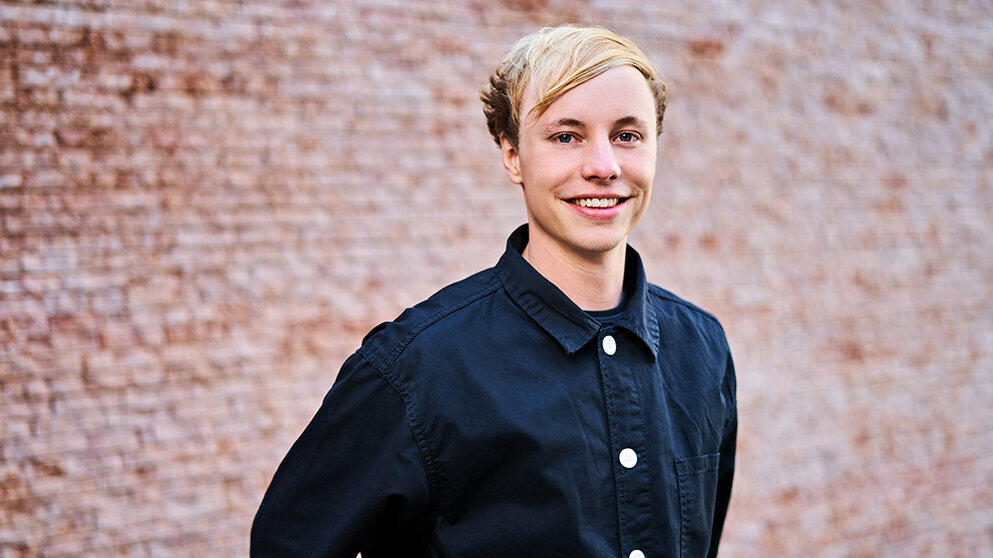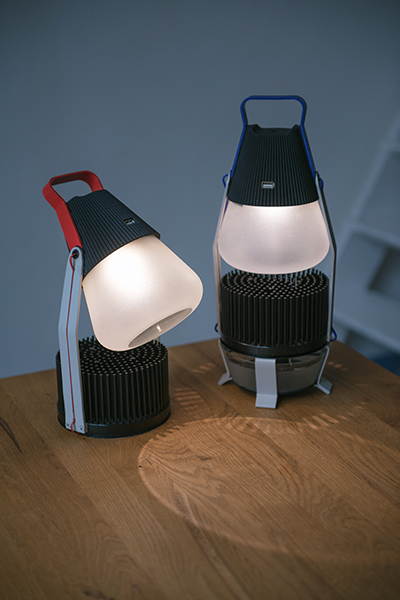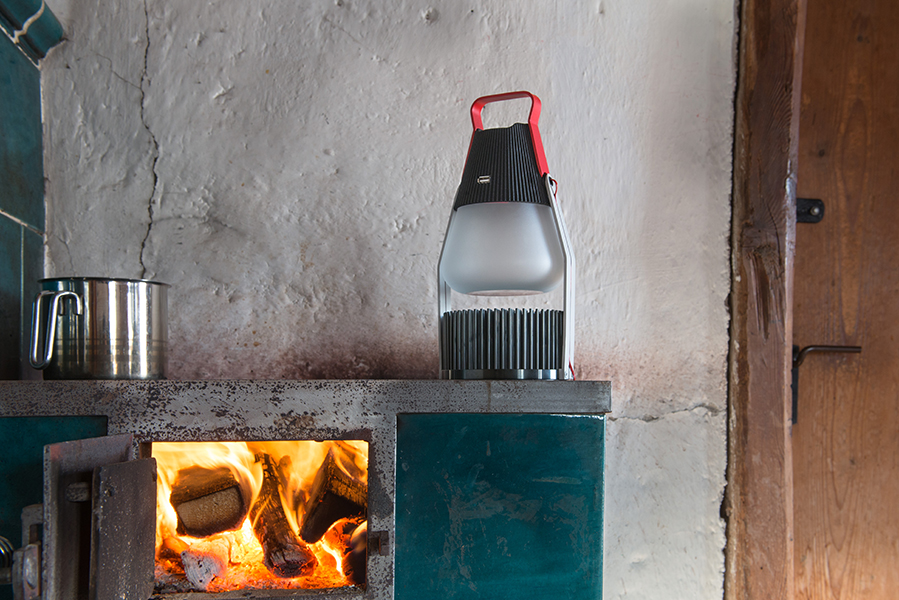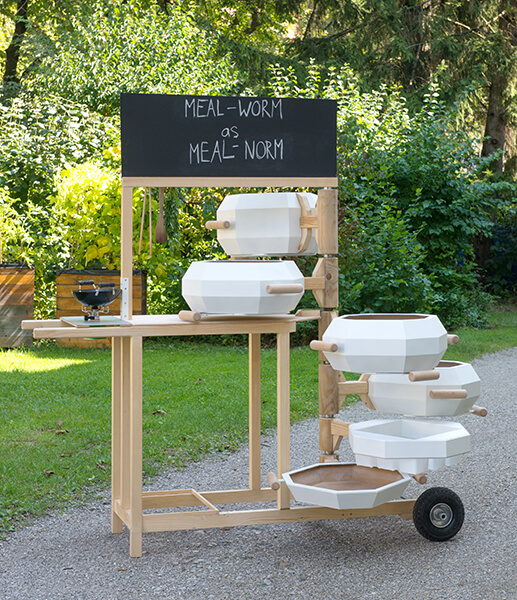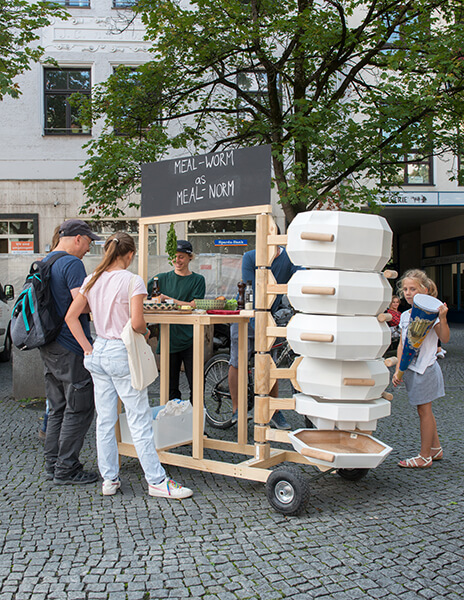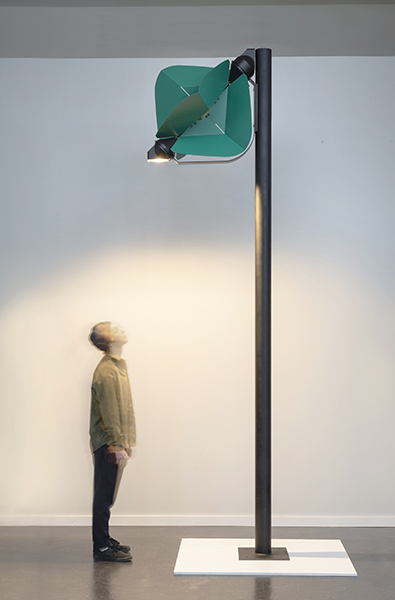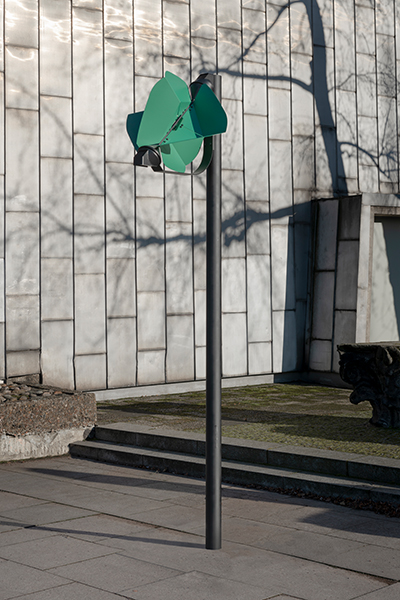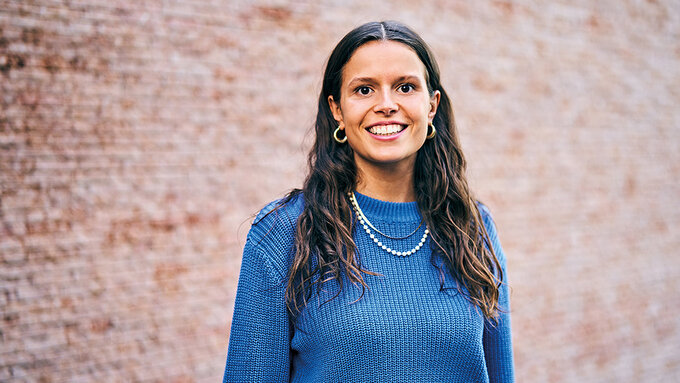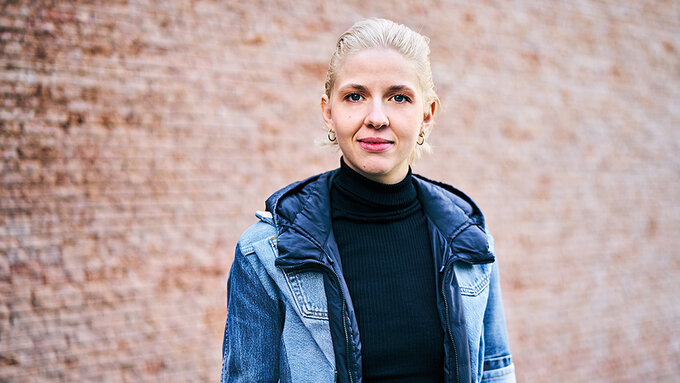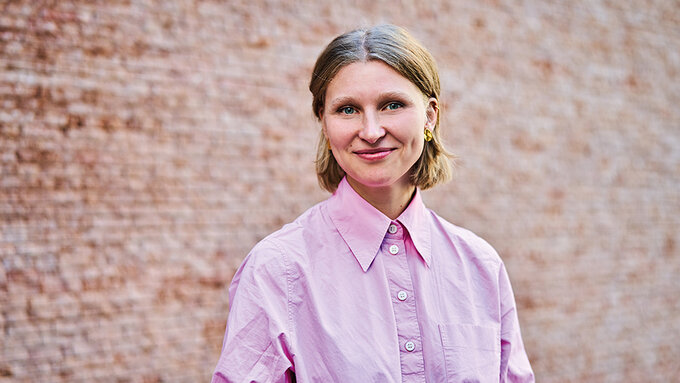Tobias Trübenbacher
Tobias Trübenbacher was born in Traunstein in 1996. Following his A-levels, he began a course of study in industrial design in 2015 at the University of Applied Sciences in Munich. In 2018, he switched over to the Berlin University of the Arts, where he successfully completed his degree in 2021. At the same time, Tobis Trübenbacher gathered practical experience as an intern at Atelier Steffen Kehrle, and as a junior designer at Studio Mark Braun. From August 2021 to July 2022, he worked as a designer at Konstantin Grcic Design. Tobias Trübenbacher focuses on social design, sustainability, the development of new solutions for environmental problems, and global challenges in his personal work. His ultimate goal is to contribute to a transformation in production and consumption habits and with that a better, more sustainable and viable future through his work. In order to shape this transformation within an even larger, all-encompassing context, Tobias Trübenbacher has been working on two master’s degrees in architecture and urban studies since October 2022 at the Technical University of Munich.
Interview with Tobias Trübenbacher
You are a »Finalist« for the German Design Award 2023 – Newcomer. What does this award mean for you and your work?
The award as »Finalist« at the German Design Awards 2023 – Newcomer means a lot to me – I feel it is a great recognition of my work so far and a huge confirmation of my path so far, which has never been completely straight, but rather tortuous via detours through various universities, studios, design approaches and intermediate stations.
The theme of light plays a central role in the projects you have presented. Which of the projects is closest to your heart?
The PAPILIO project is certainly closest to my heart, as it creates solutions for two major challenges in our everyday, rather unreflective use of light: on the one hand, the energy required for lighting is generated in a climate-neutral way by means of a wind rotor, and on the other hand, the light switches off again as soon as there are no people in the vicinity, in order to minimise the increasingly serious light pollution as well as the energy consumption.
In one of your projects you are cultivating mealworms. What exactly is the project about?
Mealworms are a terrific superfood when it comes to concerns of sustainability and resource conservation: they are extremely nutritious, require hardly any water, live together even in a natural environment in minimal space and can live on the basis of industrial waste products (such as wheat bran) - on top of that, they are simply super tasty. Nevertheless, insects have so far been alien to our food culture and people therefore usually encounter the food with revulsion or disgust. To change this, I have developed a mobile food truck that actively confronts people with the food and its benefits and thus aims to establish the consumption of insects in our society.
What constitutes »contemporary design« for you? Which criteria would have to be fulfilled in particular?
We are living in times that urgently require a radical change - on all levels of our capitalist-influenced lifestyles. For me, contemporary design is therefore always also transformational design that is committed to helping shape this change and develops approaches for it in an interdisciplinary way with other disciplines.
What are you currently working on?
I am currently working at the TU Munich at the Chair of Architecture and Design on the interface between (product) design and large-scale architecture or urban design. My goal is to gain a holistic view of the world around us and the (unfortunately so far predominantly destructive) influence of human design on it, in order to derive solutions for a better handling of materials and post-anthropogenic production and recycling processes.

